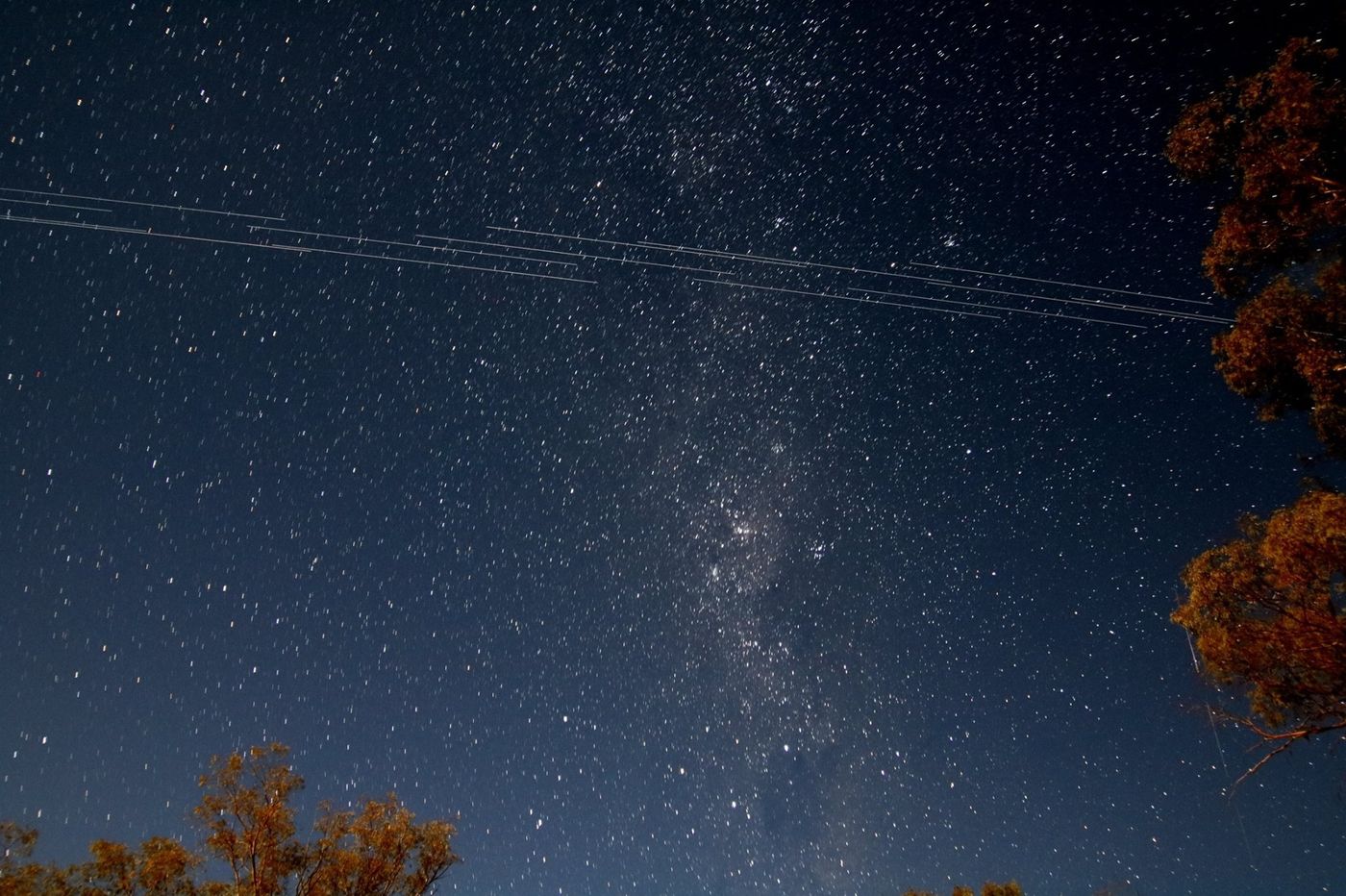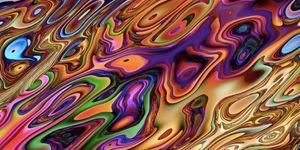Astronomers are Finding Solutions for Pesky Reflective Satellites
Students at the University of Arizona are trying to help astronomers as reflective satellites continue to fill our night skies. These students completed on the first comprehensive peer-reviewed brightness studies to characterize mega-constellation satellites cluttering the skies. There are many companies that are launching networks of satellites into low-Earth orbit. These satellites are very reflective, bouncing light from the Sun back down to Earth. The mega-constellations are threatening our clear view of the night sky and astronomers are trying to find ways to adapt. For more information about these mega-constellations and how they threaten ground-based astronomy, you can read one of my previous articles.
The team of students and faculty at the University of Arizona completed a comprehensive study to track and characterize the brightness of satellites. To do so, they developed a ground-based sensor to measure the brightness and speed of satellites, and to track their paths through the sky. This work could be extremely helpful for astronomers. If astronomers are notified of incoming bright satellites, they could close the shutters of their telescope-mounted cameras to prevent light trails from the satellites from tainting their long-exposure astronomical images.
The study was published in the Monthly Notices of the Royal Astronomical Society. The paper details how the team created their satellite tracking device. They built a small sensor with a camera lens themselves because they could not find an “off-the-shelf” device that would be appropriate for their work. Until now, most of these types of studies were done by the naked eye. These satellites are difficult to track with traditional astronomical telescopes since they are so bright and fast-moving.
Additionally, they paper describes how they used the device to measure the brightness and position of SpaceX Starlink satellites and then compared their observations with the Space Track Catalog database, a satellite-tracking database populated by the government. They made 353 measurements of 61 satellites over a two-year period. They found that the position of Starlink satellites as recorded by the government only different by an average of 0.3 arcseconds from their calculations. To put this into perspective, an arcsecond on the sky is about the size of a dime held 2.5 miles away. They believe the difference in the positions is due to natural lag times in the government data. The government data is estimated based on orbits calculated hours earlier, not real-time observations like their data.
The team hopes that astronomers can use their data to close the shutters of their telescopes when a satellite is estimated to pass into their field of view. Although knowing exactly where the satellites are is helpful to astronomers, actually closing the shutter of the telescope cameras adds overhead costs for telescope operations, and these costs will only continue to increase as more satellites are launched. All-sky surveys become much less efficient when astronomers need to close the shutter or throw away contaminated images. For example, if a survey was planned to take five years to complete, it could take 10-20% more time if the survey efficiency is down.
The team plans to continue their work by studying the brightness of the Starlink satellites in four different colored filters, which are most commonly used in astronomical surveys. They have teamed up with Tucson-based small business Starizona to build a sensor that can take pictures of the satellites in four different colors simultaneously.
Source: The University of Arizona









